We are lucky enough to be blessed with a world full of wonder and natural beauty. One place offering both of these things is the Amazon Rainforest. Types of amazon trees is the largest tropical jungle in the world.
It is so large that a staggering 400 billion trees can be found here, with over 16,000 different species on offer. With such impressive biodiversity and an abundance of tree life, you can just imagine how weird and wonderful some of these trees are.
To give you a good idea, we have compiled a list of the most interesting and popular trees that call the Amazon Rainforest home. By the end of the list, you should have a better understanding of what the trees of the Amazon jungle look like and how they are used.
If you’re keen to learn more or simply love all things plant-related be sure to keep reading.
1. Rubber Tree
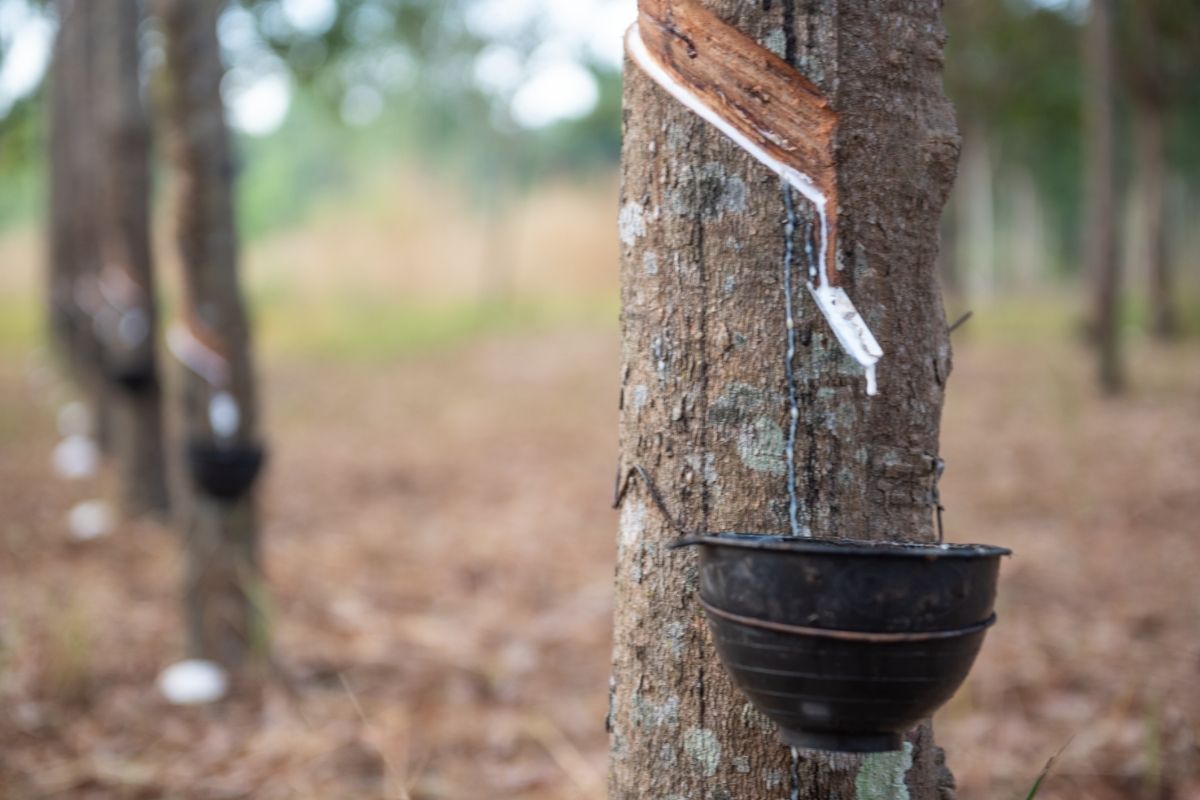
The first tree on our list is the rubber tree. The rubber tree has an extremely rich history in the Amazon thanks to its important commercial value. This tall, softwood tree, with branching limbs and a large area of bark, is used in the production of latex.
The sap is still drained from the tree to make latex today, supplying many local people with invaluable jobs.
The tree was once endemic to the Amazon Rainforest, but during the Rubber Boom era, a lot of people illegally smuggled the tree’s seed into Southeast Asia.
2. Kapok Tree
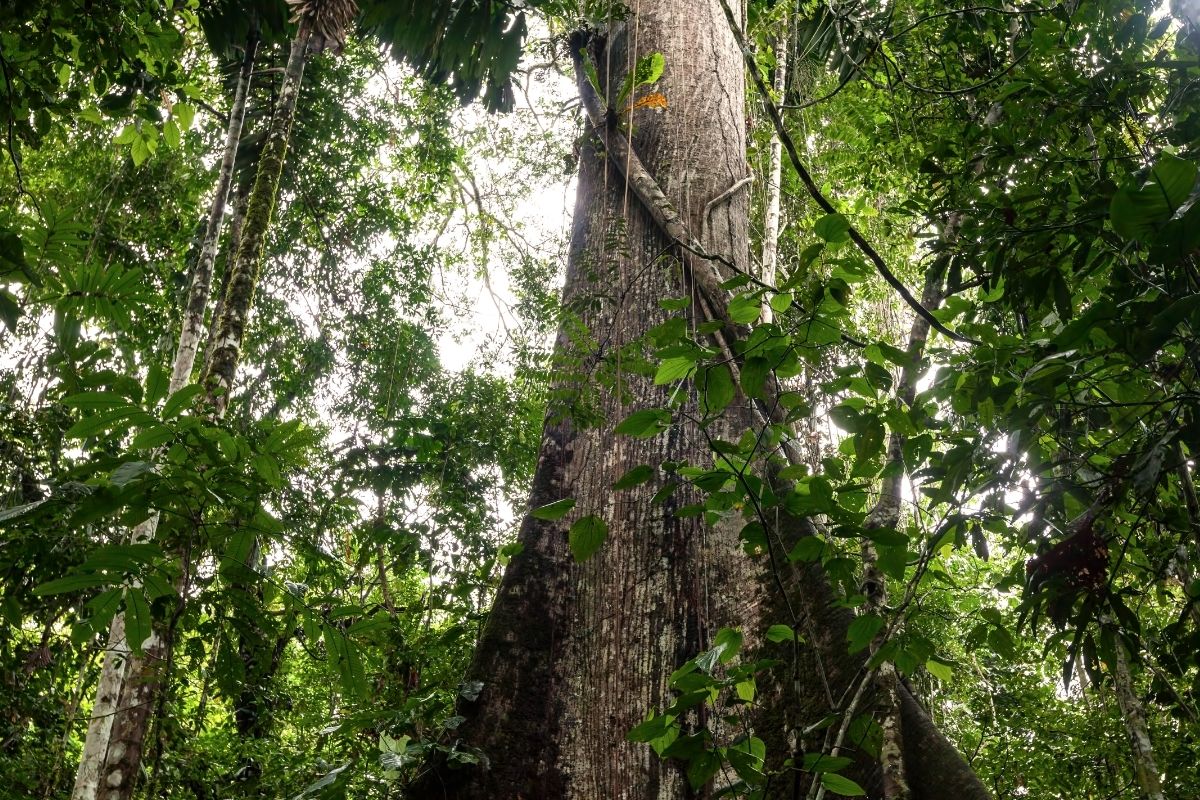
This tree is also known by the name Ceiba. It is actually one of the largest trees found in the rainforest, standing tall at the top of the Amazon Rainforest’s canopy.
Growing up to 200 feet tall, some variations of the kapok tree bear conical thorns and spines, giving them a rather nasty appearance.
Despite these thorns, the tree is home to a wide range of rainforest species who live in the small nooks and crannies found in the tree’s bark.
Thanks to the kapok tree’s lightweight nature, the wood from the tree is a top choice amongst locals who use it to manufacture the base of their river canoes.
3. Coffee Tree
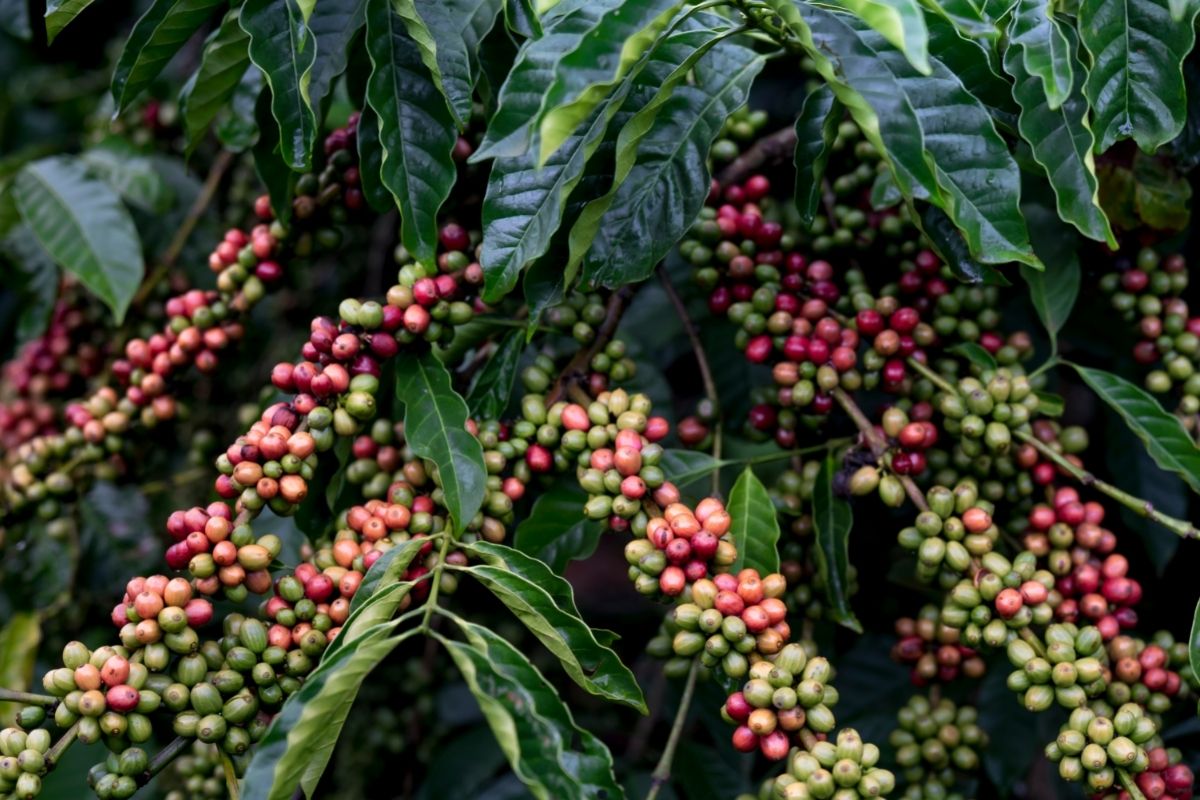
This type of tree probably doesn’t need too much explaining. As you have probably already guessed, the coffee tree produces the coffee beans we all rely on to get our morning fix.
Reaching heights of 30 feet tall, this tree thrives in the parts of the Amazon Rainforest that stretch through Ecuador, Peru, and Brazil.
The coffee tree produces large amounts of small red berries. It is inside these red berries where the world-famous coffee beans are found.
4. Banana Tree
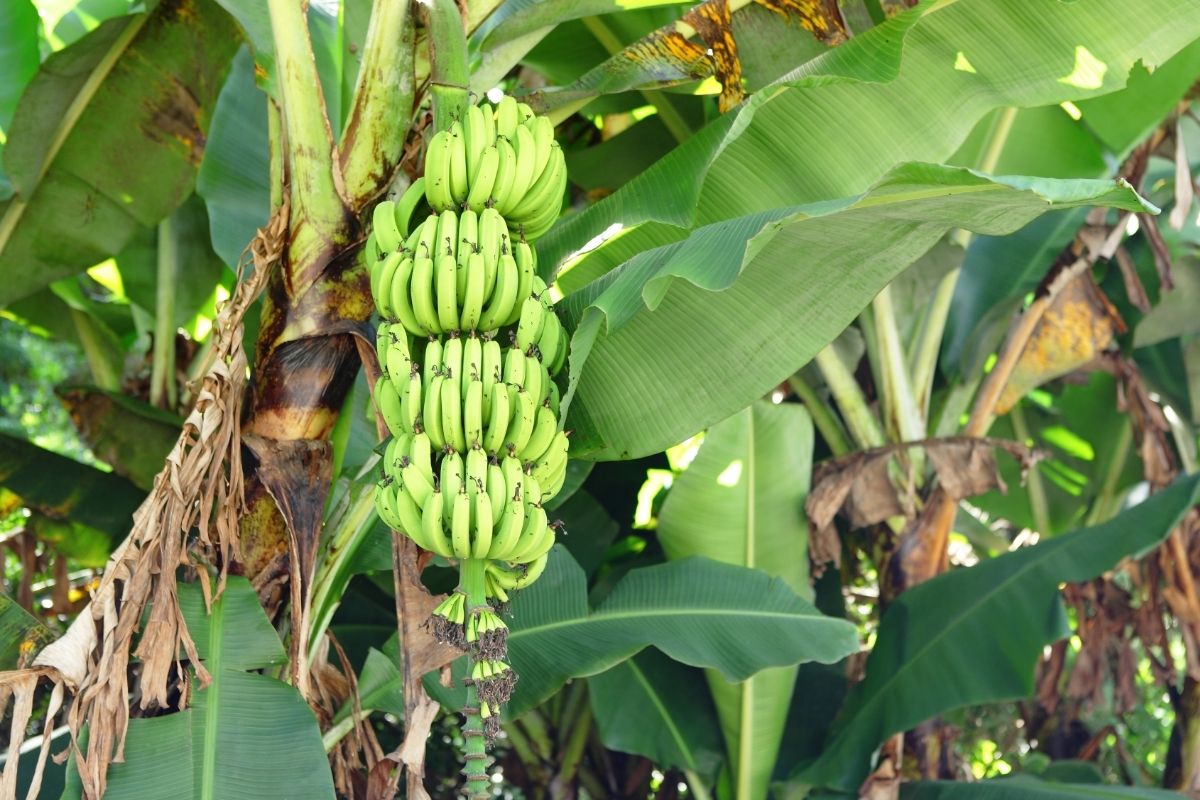
Another tree found in the Amazon that we find very useful is the banana tree. The banana tree is an enormous herb that springs up out of an underground stem.
Typically growing up to heights of 20 feet, each thick branch of the banana tree bears one large bunch of the versatile and extremely tasty fruit we all love.
The banana tree can only be harvested once. And, when the tree has been harvested, it is cut back so the banana-growing process can begin again.
This is another tree that brings a lot of work to the people of the Amazon who could otherwise struggle to make a living.
5. Acai Palm

Acai palm is a variety of palm trees cultivated for its acai berries. Made up of several browny-gray stems, the acai palm tree can grow up to an impressive 82 feet tall and just 7 to 8 inches wide.
Towards the end of the tree’s dark lush green leafy stems is where the juicy fruit can be found.
Bunches of acai berries hang from the stems. They are known to have an earthy, yet sweet taste and are commonly eaten on their own or made into a refreshing smoothie bowl. Interestingly, this tree is also harvested for its inner core.
The core of the acai palm is called the “heart of the palm”. It can be used in a variety of different dishes to add a pleasantly mild flavor.
6. Cacao
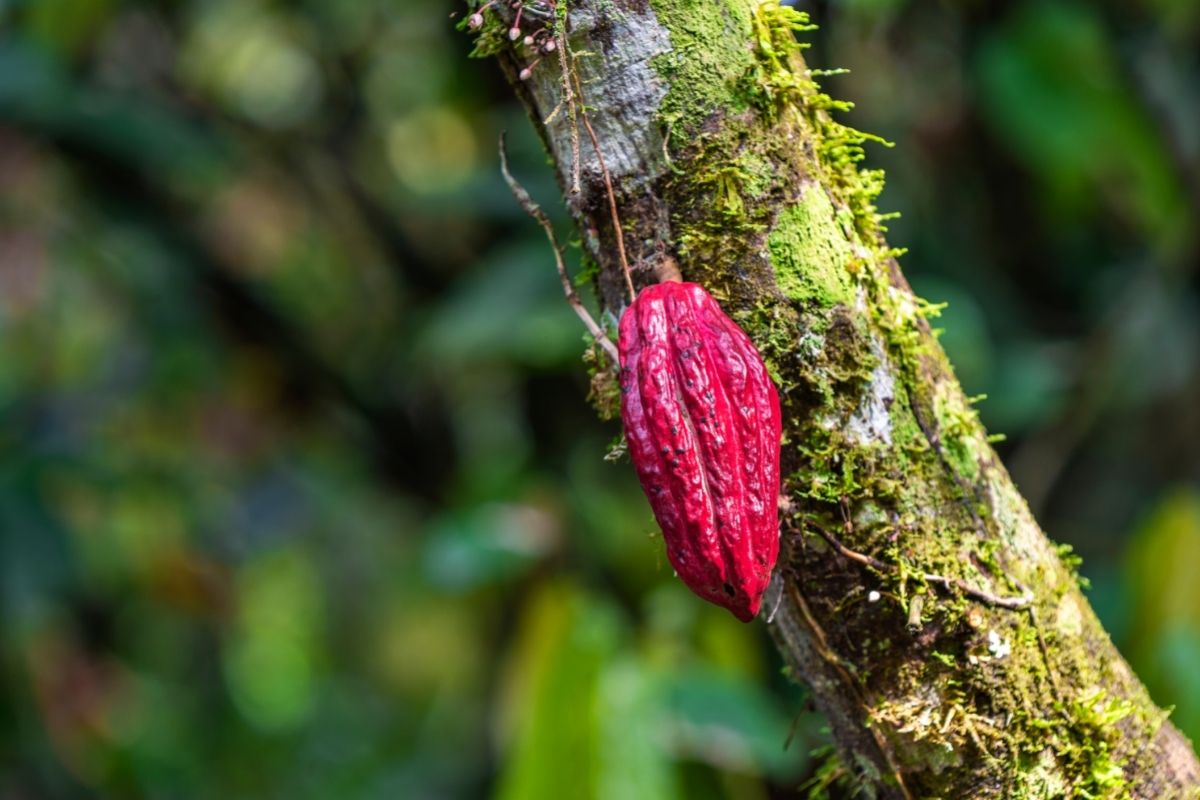
Belonging to the evergreen tree family, the cacao tree also has a high commercial value for the food that it produces. You might be able to guess what this food is from its name. The cacao tree is famous for producing large reddish-brown pods.
Found within those pods is an earthy, bitter flesh that is later turned into everybody’s favorite guilty pleasure. Of course, that guilty pleasure is chocolate.
You may be surprised to hear that chocolate production isn’t all this plant is used for. The cacao tree’s pods are also used as a superfood by the Amazonian people.
7. Barrigona Pona
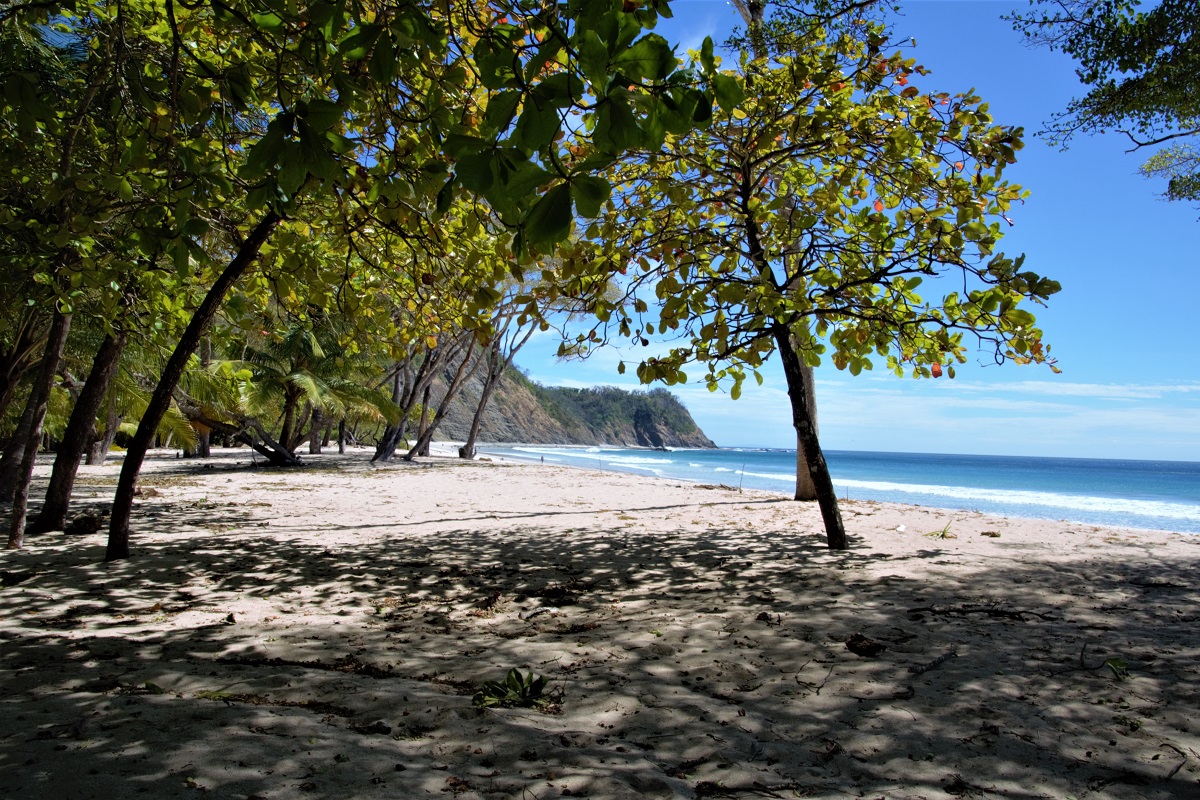
It’s about time we start moving on to the less common Amazon trees that most of you won’t have heard of. We’ll start off with the barrigona pona tree.
Also known as the huacrapona tree, this plant is commonly found in the western parts of the Amazon. A type of palm tree that can grow to 30 m tall, it produces a hard fruit with a soft, yellow center. This fruit is adored by monkeys, toucans, and tapirs.
Barrigona stands for potbellied. The tree was given this name in reference to the bulge found halfway up the tree’s stem.
8. Huicungo
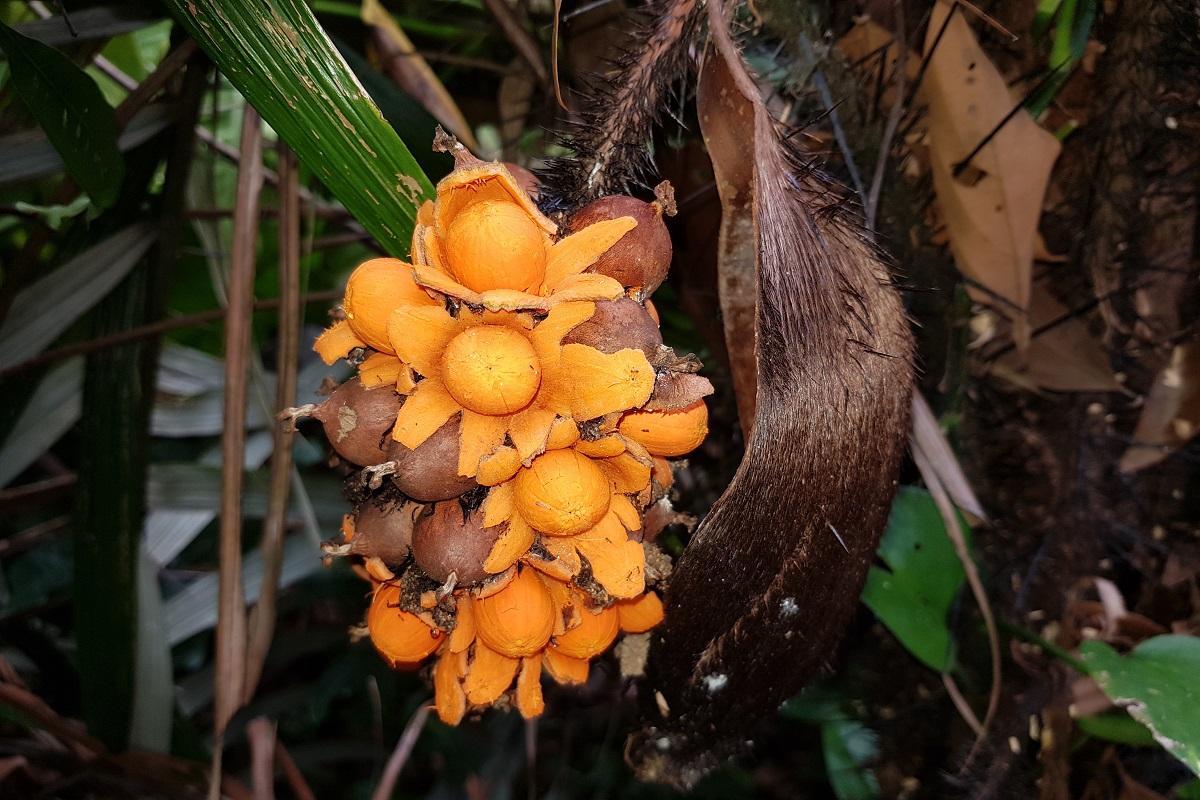
The next tree on our list is one of the smaller trees found in the Amazon Rainforest, but it is also one of the most common.
Unbelievably, studies would suggest there are over 2.4 billion huicungo trees growing in the Amazon. A variety of palm trees, the huicungo are single-trunked and grow to just 15 m tall.
The fruit and leaf buds that grow from the tree are both edible, however, the tree is primarily used to make cosmetic creams. The black seeds from the tree are also used to make pitch-black rings.
9. Walking Palm
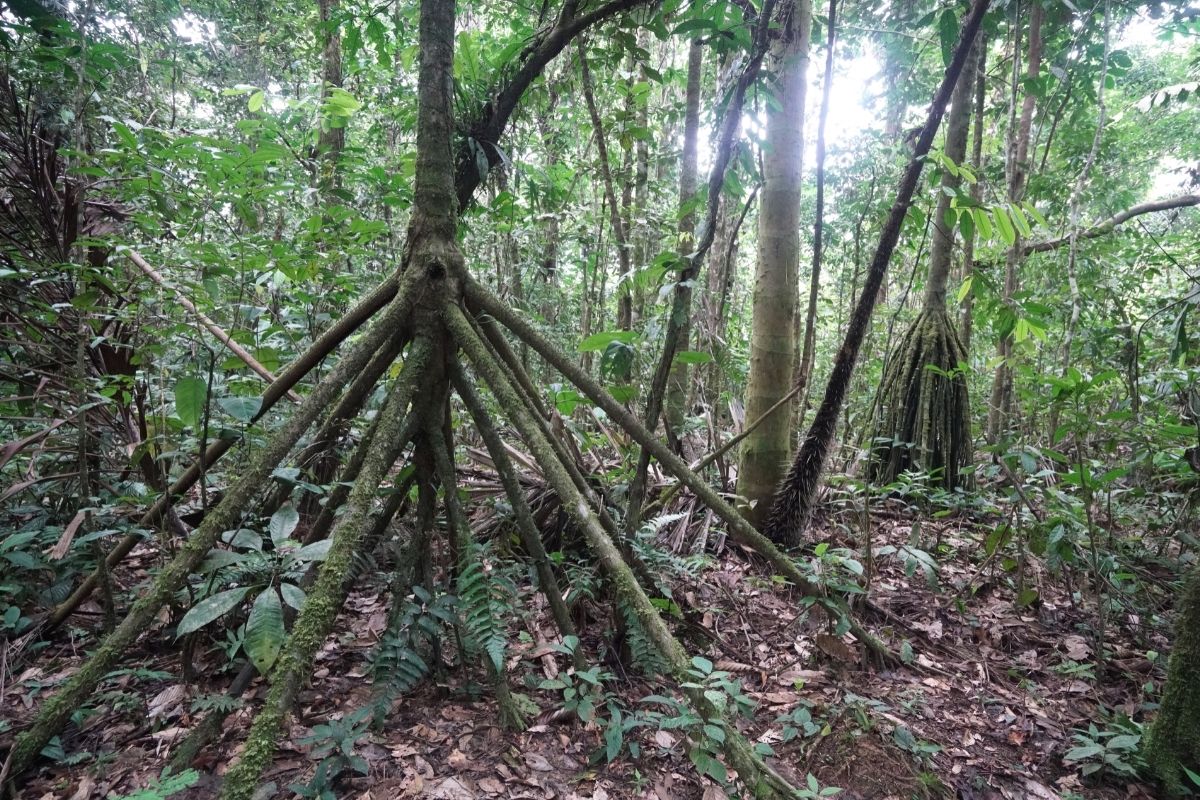
As far as unusual appearances go, the walking palm is up there with the best. This 20 m tall palm tree is supported by tall stilt-like roots that each grow to nearly 2 m tall.
It takes its name from the belief that these stilt-like roots help the tree move through the forest a few centimeters at a time.
Scientists have however disputed this idea. Local Amazonians use the wood from the walking palm to build the flooring in their homes.
10. Euterpe Precatoria
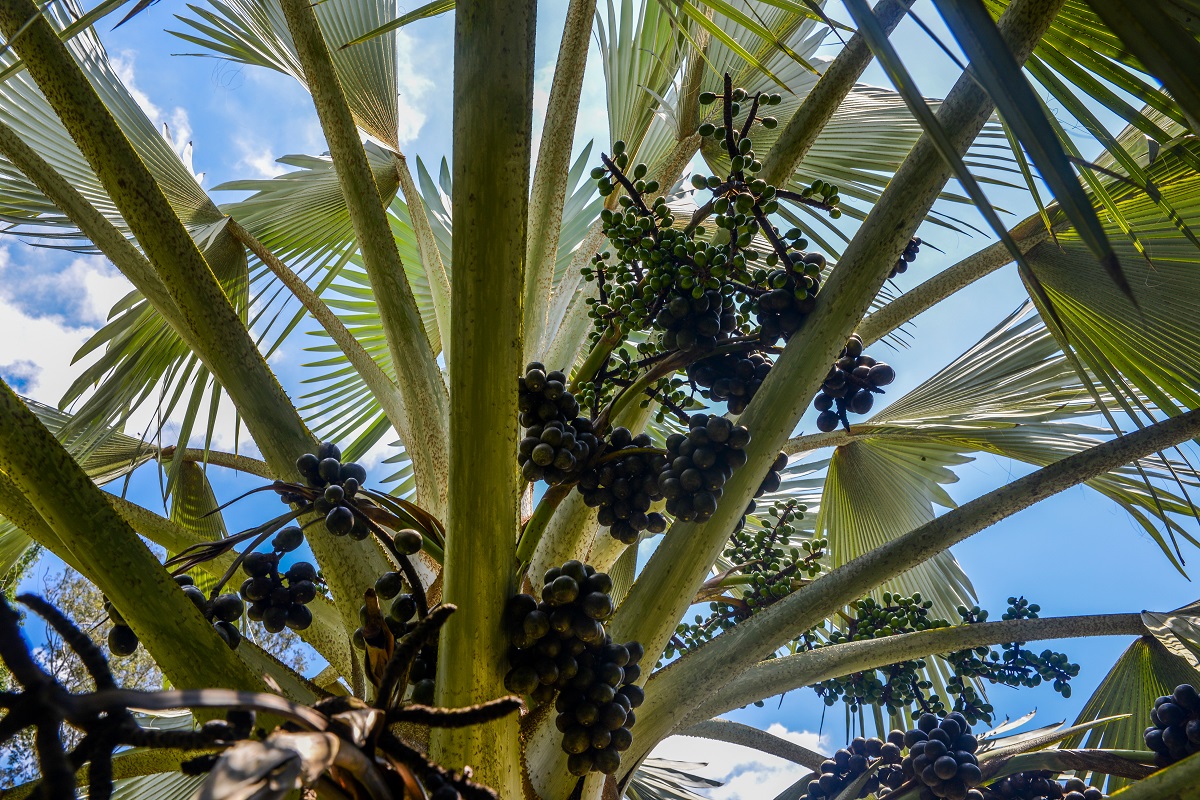
The Euterpe precatoria tree is believed to be the most common tree in the Amazon Rainforest. There are approximately 5.2 billion Euterpe precatoria trees spread throughout the basin.
Known as ‘palmito’ and ‘huasai’ in Peru, this variety of Amazonian palm tree is typically found in the more flooded parts of the jungle.
The indigenous communities around the Amazon eat the berries from the Euterpe precatoria tree. Apparently, when they are served with ice cream or chocolate they taste incredible.
11. Ramon Tree
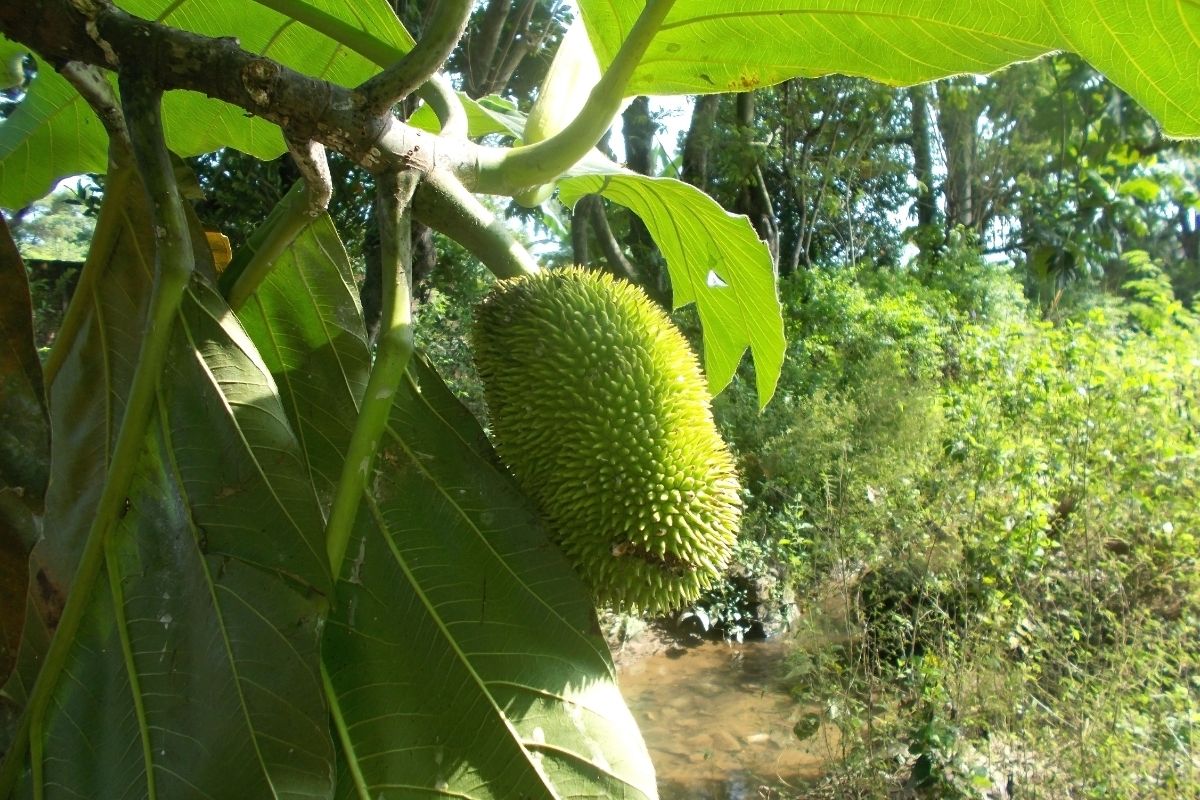
Native to the South American and Central American parts of the Amazon rainforest and even the Caribbean, the Ramon tree reaches heights of well over 120 feet, providing excellent habitat and valuable nutrition for a wide range of jungle life.
Even the trunk of this tree is big, growing to 5 feet in diameter.
When stored correctly, the nutritional nuts from the Ramon tree can be kept for 5 years without spoiling. This makes the nuts a valuable food source in regions of the forest where drought and food shortages are common.
12. Ipe

The word Ipe is used to name several species within the genus Tabebuia. Each variety can be found in the Amazon Rainforest between both Central and South America. These trees can grow to a massive height of 150 feet despite being supported by what looks like a very narrow trunk.
Throughout the year the tree blooms beautiful clusters of delicate pink flowers adding a unique vibrancy to the otherwise very green jungle.
Amazingly, the wood from Ipe trees is so strong and durable that it has the same fire rating as steel and concrete. As a result of this, it is a popular choice of wood when it comes to construction.
13. Palla Tree
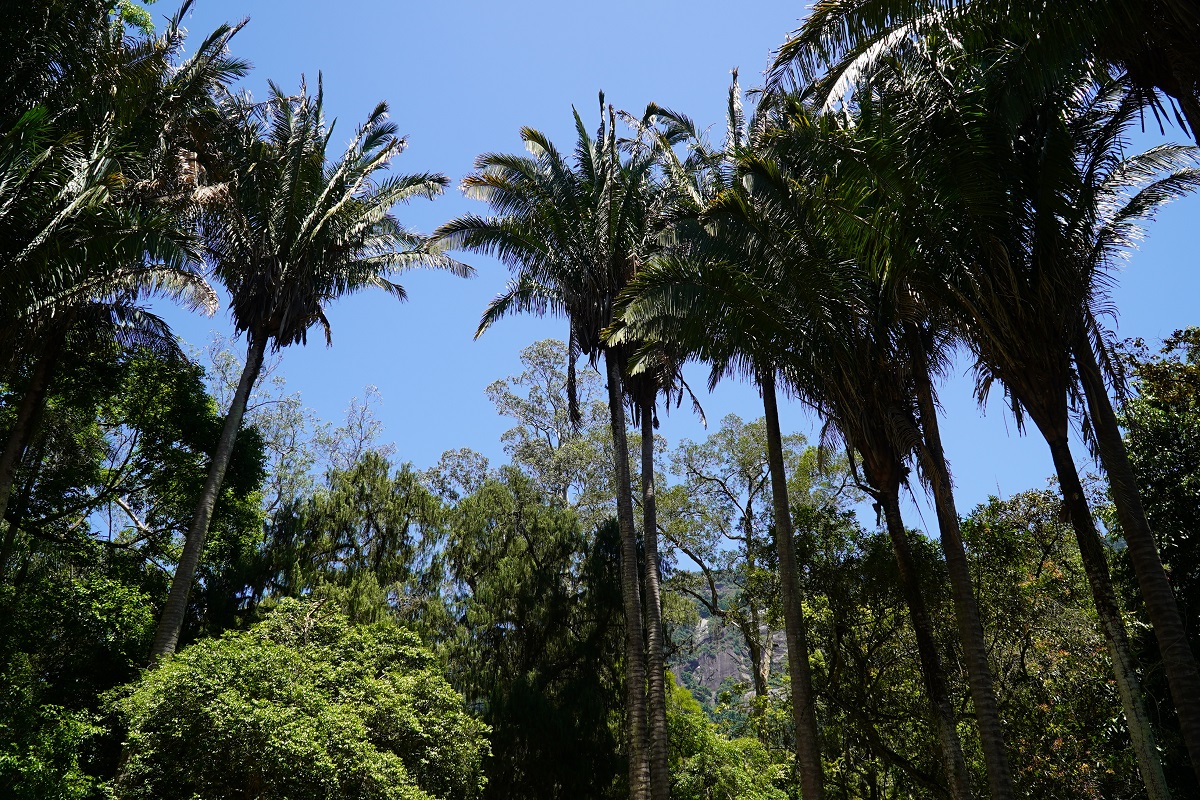
The large palm leaves from this medium to large-sized Amazonian tree have always been used to make thatched roofs, since the earliest days of people who chose to live in the rainforest.
Indigenous people all over the Amazon use the tree’s sturdy leaves because they are considered to be more reliable than palms from other palm trees.
The average roof made from the palm of this tree will last approximately 10 years before needing to be replaced.
This is not all the local people use the palla tree for. The palla tree’s seeds are also used to make a tasty chocolatey substance packed with antioxidants. The milky substance can be made by cooking the seeds from the palla tree.
Final Thoughts
This concludes our list of trees found in the Amazon Rainforest. In all truth, we have barely even scratched the surface of this topic. Our list could go on and on for hours but hopefully, we have given you a good taste of what is out there.
Unlike trees we plant for decoration purposes, almost every tree in the Amazon has a whole host of important purposes. Some are used to build houses, while others are used to offer a home to animals.
Some trees are used to produce products we use regularly like latex, and others even give us some of our favorite foods like chocolate and bananas.
If you enjoyed our list of trees found in the Amazon, why not take a look at some of our other lists where we look at trees from other parts of the world.
Editor’s Recommendations
10 Awesome Trees That Start With O (Including Pictures)







